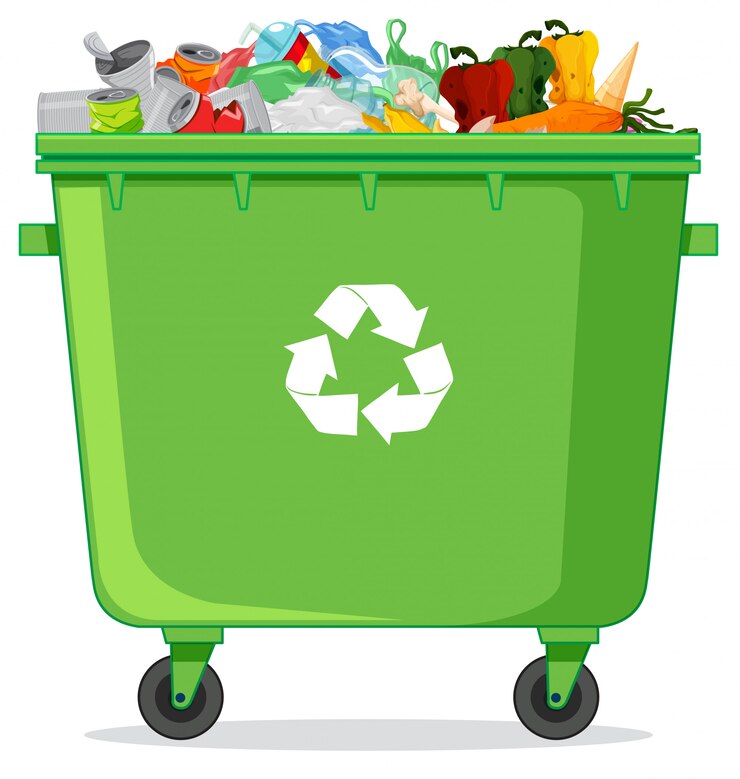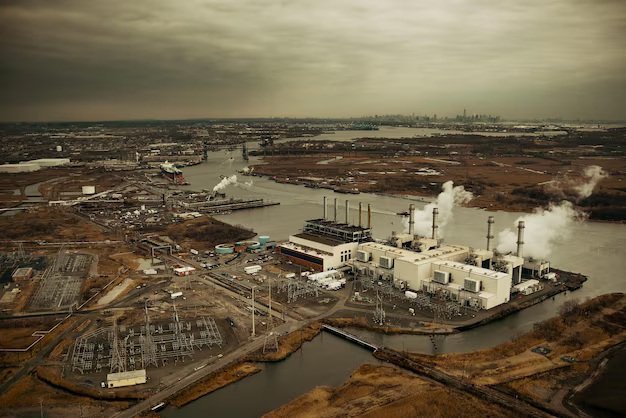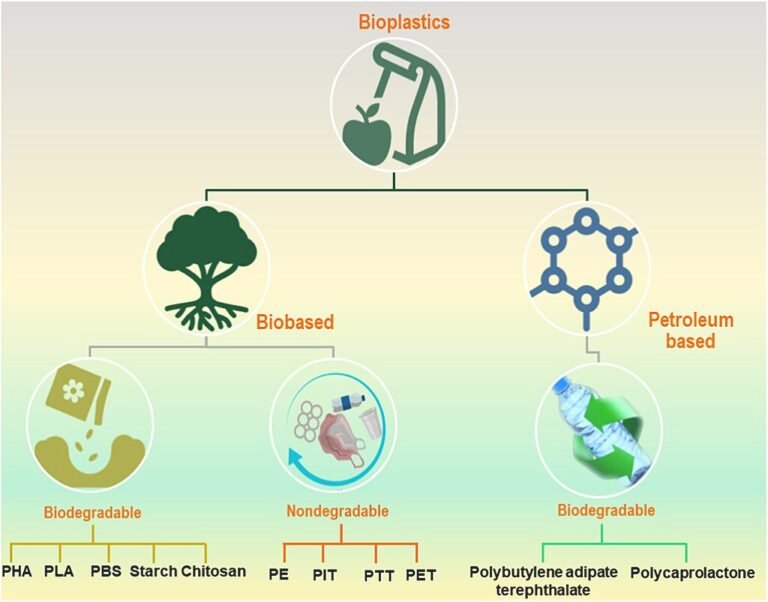15 Recycling Myths and Facts: Expert Guide
Recycling sounds simple enough, right? Toss your cans, papers, and plastics into the right bin, and boom—you’re saving the planet. But it’s not always that straightforward. Over the years, I’ve heard countless myths about recycling: “You don’t need to rinse your containers,” “Coffee cups are recyclable,” or my personal favourite, “One person’s effort doesn’t matter.” These misunderstandings can discourage people from recycling or cause them to do it incorrectly.
The truth is, recycling does make a difference—but only when done right. That’s why it’s so important to understand what belongs in the bin and how it all gets processed. In this guide, we’ll tackle 15 of the most common recycling myths. I’ll share practical tips, stories from my own experiences, and insights from experts who know the ins and outs of waste management. By the end, you’ll have a clearer understanding of how to recycle smarter and more effectively. Let’s get started and make every item we toss count.

In This Article
- Myth 1: All Plastics Are Recyclable
- Myth 2: Rinsing Recyclables Is a Waste of Water
- Myth 3: Glass Can Be Recycled Indefinitely
- Myth 4: Recycling Doesn’t Really Make a Difference
- Myth 5: Recycling Is More Expensive Than Landfilling
- Myth 6: Biodegradable Plastics Are a Perfect Solution
- Myth 7: Shredded Paper Can Be Recycled Normally
- Myth 8: You Can Recycle Receipts
- Myth 9: Metal Lids Should Be Removed from Glass Bottles
- Myth 10: Coffee Cups Are Fully Recyclable
- Myth 11: Composting Is Better Than Recycling
- Myth 12: E-Waste Is Just a Landfill Problem
- Myth 13: Clothing Can’t Be Recycled
- Myth 14: All Cardboard Is Recyclable
- Myth 15: One Person’s Recycling Efforts Don’t Matter
- Conclusion: Taking Meaningful Action
Myth 1: All Plastics Are Recyclable
Fact: Not all plastics can be recycled.
Many people believe that as long as an item is made of plastic, it belongs in the recycling bin. However, plastics come in various forms, and not all are recyclable. The Society of the Plastics Industry (SPI) resin identification code categorises plastics from #1 to #7, but only #1 (PET) and #2 (HDPE) are widely accepted by most municipal recycling programs.
Personal Insight: I remember volunteering at a local recycling centre and witnessing how flimsy plastic bags clogged the sorting machinery. The manager explained that these bags are a nightmare for recycling plants. Not only do they disrupt operations, but they also increase costs and can render entire batches of recyclables useless.
Actionable Tip
Check your local recycling guidelines to understand which plastics are accepted. Avoid “wishcycling”—putting non-recyclables in the bin, hoping they’ll be recycled.
Myth 2: Rinsing Recyclables Is a Waste of Water
Fact: Clean recyclables are essential for effective processing.
A greasy pizza box or a yoghurt container with remnants can contaminate an entire batch of recyclables, leading to more waste.
Personal Story: A friend of mine thought rinsing out jars before recycling was unnecessary. One day, her local recycling facility rejected her entire bin due to contamination. That experience changed her habits, and she now gives containers a quick rinse before tossing them in the bin.
Research Insight: According to Boise State University and the National Waste & Recycling Association (NWRA) reports that contamination rates in the U.S. recycling system are as high as 25%.
Actionable Tip
Use the leftover dishwasher for a quick rinse. You don’t need a thorough wash—just enough to remove visible residues.
Myth 3: Glass Can Be Recycled Indefinitely
Fact: Yes, glass can be endlessly recycled without losing quality.
Research Insight: The Glass Packaging Institute confirms that glass is 100% recyclable and retains its quality no matter how many times it’s processed.
Actionable Tip
Ensure that the glass is clean and free of lids or other contaminants before recycling. Small steps like this keep the recycling process efficient.
Learn More: Why Is Recycling Glass Important to the Environment?
Myth 4: Recycling Doesn’t Really Make a Difference
Fact: Recycling significantly reduces energy use and conserves natural resources.
Statistical Table:
| Material | Energy Saved Through Recycling | Equivalent Savings |
|---|---|---|
| Aluminum | 95% | Running a TV for 3 hours |
| Paper | 60% | Heating a house for 6 hours |
| Plastic (#1 & 2) | 88% | Driving a car for 25 miles |
Actionable Tip
If you’re sceptical, visit a local recycling plant. Seeing the transformation of waste into valuable materials can be eye-opening.
Myth 5: Recycling Is More Expensive Than Landfilling
Fact: Recycling can be cost-effective and environmentally beneficial.
Expert Insight: Economist studies show that cities with robust recycling programs often save money through reduced landfill costs and revenue from selling recyclable materials.
Case Study: San Francisco’s comprehensive recycling program reduced landfill waste by 80%, saving the city millions in landfill fees. The program’s success demonstrates that investing in recycling infrastructure can yield significant environmental and financial benefits.
Actionable Tip
Advocate for better recycling infrastructure in your community. Talk to local officials, support recycling initiatives, and encourage neighbours to participate.
Myth 6: Biodegradable Plastics Are a Perfect Solution
Fact: Biodegradable Plastics Often Require Industrial Composting Facilities
Biodegradable plastics are often touted as an eco-friendly alternative to traditional plastics, but the reality is more complex. While it sounds great that these materials break down over time, many of them need specific conditions to decompose properly—conditions typically found only in industrial composting facilities.
Research Insight: A study published in the journal Environmental Challenges revealed that most biodegradable plastics do not fully break down in home composting environments. Even when left in a backyard compost pile for months, these materials often remain intact, contributing to microplastic pollution instead of disappearing as promised.
Real-Life Experience: I once switched to what was marketed as biodegradable plastic for my family’s kitchen waste bags, thinking it would be an eco-friendly upgrade. I even tossed a few into our backyard compost bin. A year later, I was surprised to find remnants of those supposedly biodegradable bags still sitting there, partially degraded but not gone. It was a wake-up call to look more closely at the composting requirements listed on such products.
Actionable Tip:
To truly minimise waste, opt for products that are certified as compostable and ensure they go to designated composting facilities. Check with your local municipality to find out if industrial composting services are available.
Myth 7: Shredded Paper Can Be Recycled Normally
Fact: Shredded Paper Can Cause Issues During Recycling
Many people assume that if regular paper is recyclable, shredded paper should be too. However, recycling shredded paper is not as straightforward as it seems. Due to its small size, shredded paper often falls through sorting equipment at recycling centres and ends up in landfills instead.
Expert Insight: Recycling plant operators often express frustration over shredded paper contamination. The small pieces can jam sorting machines or mix with other recyclables, reducing the quality of the recycled material. In some cases, entire batches of recyclables are rejected because of shredded paper contamination.
Real-Life Experience: A friend of mine runs a small office and used to dispose of shredded paper in the blue recycling bins without a second thought. After speaking with a local recycling facility, she was shocked to learn that all her efforts were counterproductive because the shredded paper often bypassed the sorting process and went straight to the landfill.
Actionable Tip
If you must shred sensitive documents, bag the shredded paper in clear plastic bags and check if your local recycling facility accepts it. Alternatively, consider composting non-glossy shredded paper, as it can add valuable carbon to your compost pile.
Myth 8: You Can Recycle Receipts
Fact: Thermal Receipts Contain Chemicals and Are Not Recyclable
Receipts may seem like harmless paper waste, but many of them are printed on thermal paper containing Bisphenol A (BPA) or Bisphenol S (BPS), both of which are harmful chemicals. These substances can contaminate recycling streams and pose health risks.
Research Insight: A study published in Environmental Health Perspectives found that BPA from thermal receipts can transfer onto the skin and potentially enter the bloodstream. This contamination risk extends to recycling facilities if these receipts are mixed with other paper products.
Real-Life Experience: I used to diligently toss all paper, including receipts, into the recycling bin. It wasn’t until I read an article about the chemical content of thermal paper that I realised I had been contaminating my recycling. I now refuse physical receipts whenever possible and opt for digital versions.
Actionable Tip
Dispose of thermal receipts in the trash to prevent recycling contamination. Better yet, choose digital receipts when shopping or dining out.
Myth 9: Metal Lids Should Be Removed from Glass Bottles
Fact: Metal Lids Can Often Be Recycled Along with Glass
Many of us have been taught to separate metal lids from glass bottles before recycling, believing that the lids interfere with the recycling process. However, this is often unnecessary.
Expert Insight: Recycling facilities are equipped to separate different materials, including metal and glass, during processing. Keeping metal lids attached to bottles can help the sorting process by ensuring the lids stay in the recycling stream.
Real-Life Experience: I used to meticulously remove every metal lid from jars and bottles before recycling, only to learn from a waste management expert that this step was unnecessary. Now, I simply rinse the bottles and leave the lids on.
Actionable Tip
Keep metal lids attached to bottles when recycling to ensure proper sorting at the facility. Just make sure everything is clean to prevent contamination.
Myth 10: Coffee Cups Are Fully Recyclable
Fact: Most Coffee Cups Have a Plastic Lining That Makes Them Non-Recyclable
Coffee cups might look like they’re made of paper, but most have a thin plastic lining to prevent leaks. This lining makes it difficult for recycling facilities to process the cups, as the materials are challenging to separate.
Research Insight: According to a report by The Guardian, billions of coffee cups end up in landfills each year because only a handful of specialised facilities can handle their recycling.
Real-Life Experience: A very close friend of mine, Valentine, used to grab a takeaway coffee every morning, tossing the cup into the recycling bin, thinking he was helping the environment. One day, I told him most cups aren’t recyclable due to their plastic lining. He was shocked. The next day, he bought a reusable mug—and hasn’t looked back since!
Actionable Tip
Look for coffee cups labelled as compostable if you must use disposables, and ensure they are disposed of in appropriate composting bins. Better yet, bring your own reusable mug to your favourite coffee shop.
Myth 11: Composting Is Better Than Recycling
Fact: Both Practices Are Essential for Waste Management
It’s easy to assume that composting might be superior to recycling because it deals with natural, organic waste. However, comparing the two is like comparing apples to oranges—both have their unique benefits and play critical roles in waste management.
Composting focuses on turning organic waste, such as food scraps and garden clippings, into nutrient-rich soil. Recycling, on the other hand, repurposes materials like plastics, paper, and metal, conserving finite resources and reducing the need for new raw material extraction.
Research Insight: The Environmental Protection Agency (EPA) emphasises that composting reduces organic waste, which in turn lowers methane emissions from landfills. Recycling conserves valuable resources and reduces energy consumption compared to manufacturing new products.
Key Takeaway: Composting and recycling are complementary practices, not competitors. Each tackles different waste streams to minimise environmental impact.
Actionable Tip
Why choose between composting and recycling when you can do both? Start by setting up a compost bin for food scraps and garden waste while maintaining a recycling bin for paper, plastics, and metals. This combined approach can significantly reduce what goes to the landfill.
Myth 12: E-Waste Is Just a Landfill Problem
Fact: E-waste contains Valuable and Hazardous Materials
E-waste (electronic waste) isn’t just a pile of useless junk destined for landfills. It’s a goldmine—literally. Electronics often contain valuable materials like gold, copper, and rare earth metals. At the same time, they harbour hazardous substances such as lead, mercury, and cadmium, which can leach into the environment if not disposed of properly.
Statistical Insight
| E-Waste Component | Recyclable Value | Hazard Level |
|---|---|---|
| Gold | High | None |
| Copper | High | None |
| Mercury | None | High |
| Lead | Low | High |
Actionable Tip: Recycle your electronics responsibly at certified e-waste centres. Many manufacturers and retailers have take-back programs where they accept old electronics for proper disposal or refurbishment.
Personal Note: I remember decluttering my home office and finding a stack of old gadgets—broken phones, outdated tablets, and fraying cables. Instead of tossing them in the trash, I took them to a nearby e-waste recycling event. Knowing those materials would be repurposed and the toxic components handled safely felt surprisingly gratifying.
Learn More: Recycling vs. Upcycling: Key Differences
Myth 13: Clothing Can’t Be Recycled
Fact: Many Textiles Are Recyclable
We often think of recycling as something that applies only to plastic bottles, cans, and paper. But what about clothing? The truth is that many textiles can be recycled or repurposed.
The Problem: Landfills are inundated with textile waste. According to the EPA, about 11 million tons of textile waste end up in U.S. landfills each year.
The Solution: Donation and textile recycling programs. Wearable clothes can be donated to charities, while unwearable items can be repurposed into cleaning rags, insulation, or even new fabrics.
Actionable Tip
- Donate Wearable Clothes: Look for local charities, shelters, or thrift stores.
- Recycle Unusable Items: Many municipalities and clothing brands offer textile recycling programs.
Personal Story: A few years ago, I cleaned out my closet and realised just how many clothes I never wore. Some were in perfect condition and went straight to a donation centre. Others, riddled with stains or tears, found a second life at a textile recycling drop-off. It was a win-win—my closet was cleaner, and less waste went to the landfill.
Myth 14: All Cardboard Is Recyclable
Fact: Greasy or Wax-Coated Cardboard Cannot Be Recycled
Cardboard is one of the easiest and most widely recycled materials, but not all types are recyclable. Greasy pizza boxes and wax-coated produce boxes can contaminate recycling streams.
Why It Matters: When cardboard is soiled with food or coated with wax, it interferes with the recycling process, leading to lower-quality recycled materials.
Actionable Tip
- Compost Greasy Boxes: If you have a composting system, tear up greasy pizza boxes and add them to the pile.
- Check for Special Facilities: Some recycling centres accept wax-coated cardboard for specialised processing.
Personal Note: I used to toss greasy pizza boxes in the recycling bin without a second thought. After learning that it was a recycling faux pas, I started composting them instead. It’s a small change, but it makes a big difference in keeping recycling streams clean.
Myth 15: One Person’s Recycling Efforts Don’t Matter
Fact: Every Small Action Contributes to a Collective Impact
It’s easy to feel insignificant in the face of global environmental challenges. What difference does one person’s recycling make? The answer: a lot.
Why It Matters: Collective action adds up. If every household in the U.S. recycled just one newspaper, we could save 250,000 trees each week.
Actionable Tip
- Start Small: Focus on recycling one additional item in your household.
- Get Involved: Join or organise community recycling initiatives.
Conclusion: Taking Meaningful Action
Recycling is more than a routine—it’s a responsibility. By debunking these myths and understanding the facts, you can make informed decisions that positively impact the environment. Start by educating yourself, checking local recycling guidelines, and sharing your knowledge with others. Together, we can create a cleaner, greener future.







